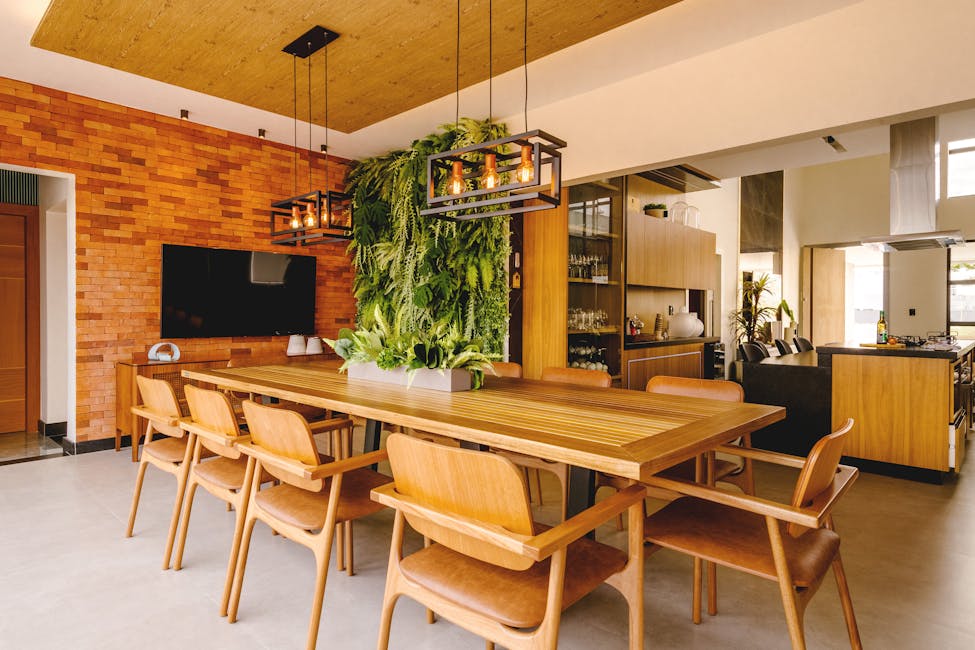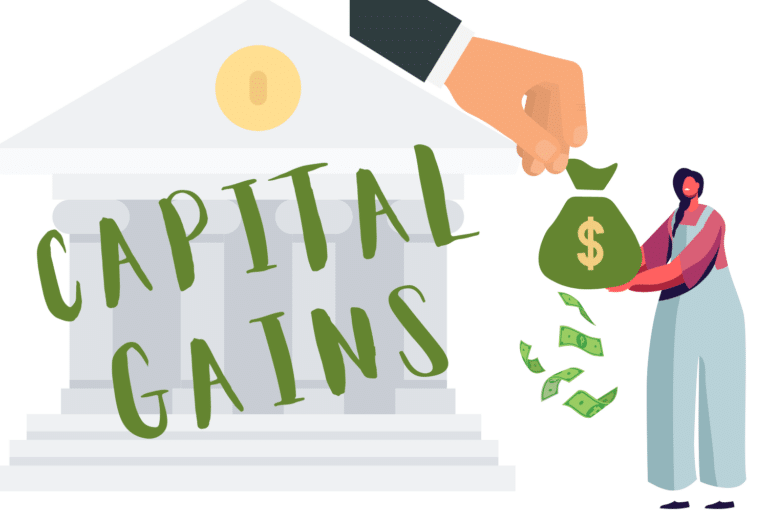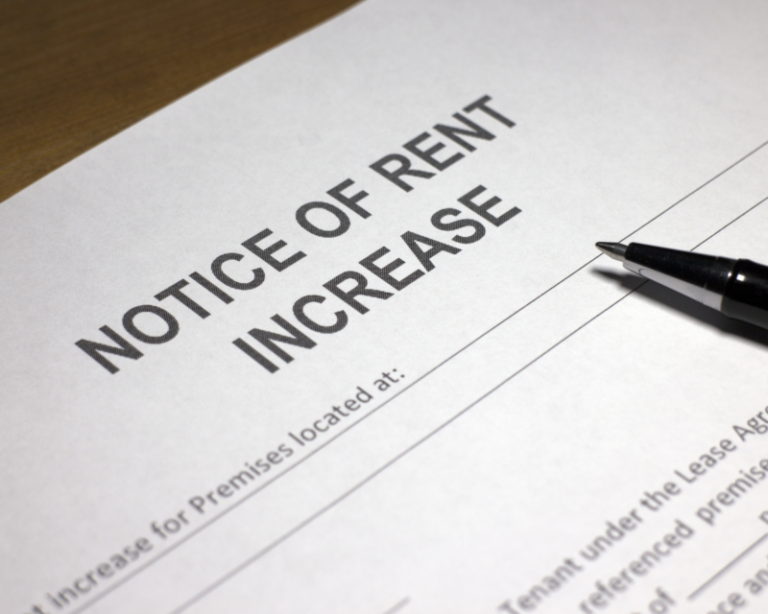If you’ve noticed your neighbors staying put longer than usual, you’re not imagining things. The American housing market is experiencing something we haven’t seen in nearly three decades—people simply aren’t moving. This unprecedented shift is reshaping not just the real estate landscape but the broader American economy and how we think about homeownership.
Get a Free Virtual Rental Evaluation Plus a Custom Cost Quote
The Numbers Tell a Striking Story
Recent data reveals that only 28 out of every 1,000 homes changed ownership between January and September of this year. This represents the lowest home turnover rate recorded since the 1990s, and it’s significantly below historical norms. To put this in perspective, this rate sits roughly 30% below the average we saw from 2012 through 2022.
The home turnover rate—calculated by dividing the number of homes sold by the total number of existing sellable properties—serves as a crucial indicator of market health. While simple sales numbers show us transaction volume, the turnover rate reveals something more fundamental: how long homeowners are choosing to stay in their properties.
Why Does This Matter?
A stagnant housing market reflects broader economic challenges that extend far beyond real estate. Traditionally, life events like career opportunities, growing families, or retirement drive people to relocate. When movement slows this dramatically, it signals that Americans aren’t finding the same opportunities for advancement or simply can’t afford to make a change.

“It’s not healthy for the economy that people are staying put,” explains Daryl Fairweather, chief economist at Redfin. The lack of mobility suggests a freeze in economic dynamism—people aren’t moving for better jobs, families are delaying upsizing their homes, and retirees may be postponing their downsizing plans.
The current situation reveals a “low-hire, low-fire” labor market that’s keeping people anchored in place. Employment growth has notably weakened, with the economy adding just 22,000 jobs in August—well below the 80,000 economists expected. More concerning, private sector data from September showed a loss of 32,000 jobs. Major corporations, including Microsoft, General Motors, Amazon, and Target, have all announced workforce reductions, further dampening the job market that typically drives relocation decisions.
The Mortgage Rate Lock-In Effect
Perhaps the biggest factor keeping homeowners in place? The dramatic difference between the mortgage rates they currently have and what they’d face if they moved. Homeowners who secured ultra-low mortgage rates during 2020 and 2021—when rates dipped below 3%—are reluctant to give them up. With current borrowing costs significantly higher, selling means taking on a much more expensive mortgage for their next home.
This creates what economists call the “lock-in effect.” A homeowner with a 2.8% mortgage rate from 2021 might face a 7% rate on a new home purchase, dramatically increasing their monthly payment even if they’re buying a similarly priced property. For many families, this math simply doesn’t work, especially when combined with higher home prices.
The psychological impact is significant too. After experiencing the security and affordability of rock-bottom rates, the prospect of doubling or tripling one’s mortgage rate feels untenable. This has created a generation of homeowners who feel trapped—not by their homes, but by their favorable financing.
The Perfect Storm: Multiple Factors Converge
The housing market downturn began in 2022 when mortgage rates started climbing from historic lows that had fueled a pandemic-era homebuying frenzy. The rapid ascent caught many by surprise, quickly cooling what had been one of the hottest housing markets in American history.
While rates have recently eased—hitting their lowest point in over a year—they remain prohibitively high for many potential buyers. The challenge is compounded by the fact that home prices have surged 53% over the past six years. This double squeeze of elevated prices and elevated rates has pushed homeownership out of reach for millions of Americans.
Last year saw previously occupied home sales sink to their lowest level in nearly three decades. While this year has shown some modest improvement, with sales accelerating in recent months as mortgage rates eased, the market remains far below historical norms. The combination of high prices, elevated rates, and economic uncertainty continues to keep potential buyers on the sidelines.

The Ripple Effects Across the Economy
The implications of this housing freeze extend well beyond the real estate sector. When people don’t move, they don’t buy new furniture, appliances, or home improvement materials. They’re less likely to hire movers, real estate agents, or home inspectors. Local governments see reduced transfer tax revenues. The entire ecosystem that depends on housing transactions feels the impact.
Employment mobility is also constrained. In a healthy economy, workers can relocate for better opportunities, helping ensure labor flows to where it’s most needed and productive. When housing costs or mortgage rate considerations prevent such moves, it can lead to labor market inefficiencies and reduced economic growth.
For younger generations trying to enter the housing market, the situation is particularly challenging. With existing homeowners staying put, inventory remains constrained, driving up prices for the limited homes that do become available. First-time buyers face the dual challenge of saving for larger down payments while competing in a market with limited options.
Important Steps to Rent Your Home Out from A to Z
Step by step checklist for getting a home rented, and link to the full property management guide
1 Consider strengths and weaknesses for your home and location and consider special strategies to utilize them. Is it a college area? If so, you’ll likely handle a lot differently from low income, or a suburb

2 Get the property in show-ready condition by handling repairs, but also low-cost aesthetic fixes like spray painting rusted AC grates, and other things that really stand out. A sure way to attract sub-par tenants and repel the rest is to show a home with unrepaired issues
3 Decide whether you’re going to allow pets or not. Before you decide, know that for most landlords it’s the single best thing you can do to increase your “bottom line” profit over the long term. More on this subject here

4 Set a rental rate that will balance a minor amount of time on market hassle, with monthly rate. Whether in the form of owner-occupied showings, stress, or vacancy. Most owners fail to properly account for these subtle but real costs, especially vacancy. Vacant homes are much more costly than most account for. We can provide a free rental rate estimate compiled by people, not an algorithm, here
What This Means Going Forward
As we look ahead, several questions emerge: How long will this pattern persist? What will it take to get the housing market moving again? And what does this mean for different groups of Americans—from first-time buyers to empty nesters looking to downsize?
The answers likely depend on a combination of factors: mortgage rates continuing to decline, wage growth that makes homes more affordable, and an improving job market that gives people confidence to make major life changes. Some economists suggest we may need to see rates drop closer to 5% before significant numbers of locked-in homeowners feel comfortable moving.
This reduced mobility affects more than just the housing market—it impacts economic dynamism, career advancement, household formation, and even the vitality of communities. Whether you’re a current homeowner weighing your options or a prospective buyer waiting for the right moment, understanding these market dynamics can help you make more informed decisions about your housing future.
The path forward may require patience, creative solutions, and a realistic assessment of both personal finances and market conditions. While the current freeze won’t last forever, the timeline for a return to normal remains uncertain.
To read more, visit Americans staying put: US home turnover rate at lowest level in decades as housing slump drags on.











